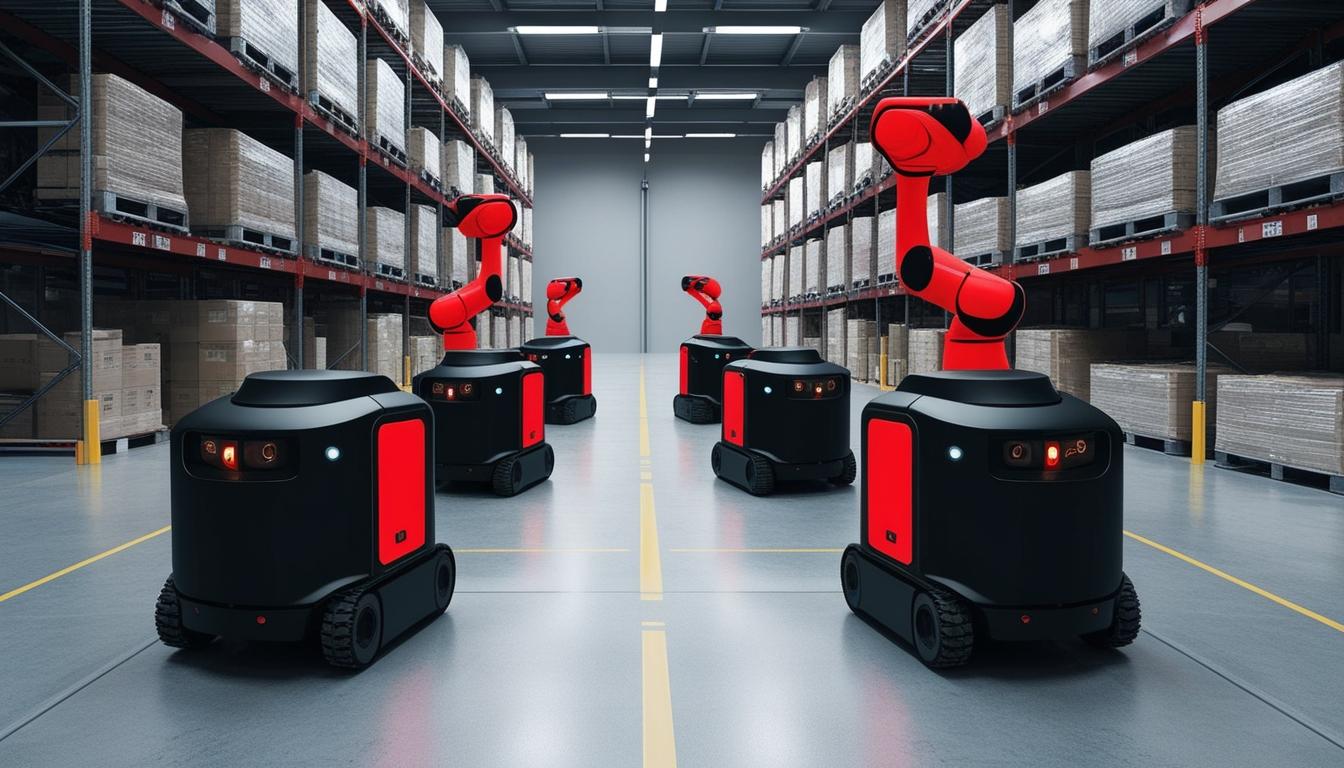NVIDIA has recently introduced its latest innovation, the "Mega" blueprint, aimed at revolutionising the deployment and management of robotic fleets within various industrial sectors by utilising digital twin technology. This announcement was made during the CES 2025 event and marks a significant step in the application of artificial intelligence and robotics in the operational landscape of businesses.
The Mega blueprint serves as a comprehensive reference architecture that integrates accelerated computing, AI technologies, Isaac robotics software, and NVIDIA's Omniverse framework. This powerful combination facilitates the creation, testing, and refinement of digital twins—detailed virtual replicas of real-world environments—allowing businesses to simulate complex scenarios and enhance the functionality of their robotic systems before actual deployment.
In contemporary manufacturing and logistics settings, organisations commonly utilise fleets comprising hundreds of autonomous devices—including self-driving forklifts and robotic arms—relying heavily on intricate sensing capabilities and level of autonomy. The Mega system bridges the gap in coordinating the robust testing and training of these advanced systems within a unified digital ecosystem.
The Omniverse Cloud Sensor RTX APIs included in the Mega framework enable precise simulation of operational machinery, yielding high-fidelity representations of industrial workflows. This functionality empowers robots to interact with tasks and navigate through potential real-world challenges in a controlled virtual environment, minimising operational risks during training.
One of the initial adopters of this cutting-edge technology is KION Group, a leader in supply chain solutions. The company is partnering with NVIDIA and Accenture to integrate the Mega blueprint with an aim to enhance efficiency across various sectors including retail and consumer packaged goods. Rob Smith, CEO of KION GROUP AG, stated, “At KION, we leverage AI-driven solutions as an integral part of our strategy to optimise our customers’ supply chains and increase their productivity.”
Director Smith added that through collaboration with NVIDIA and Accenture, KION seeks to redefine warehouse automation, allowing for a more flexible response to supply chain challenges. With the help of Mega, manufacturers can effectively develop advanced “robot brains” capable of complex learning processes essential for operational safety and efficiency.
The advanced simulation capabilities of the Mega blueprint allow for the generation of extensive synthetic datasets designed to refine the algorithms that govern robotic operations. By creating digital replicas of their facilities, companies can assess potential productivity constraints and evaluate facility layout configurations prior to making significant investments in physical alterations.
NVIDIA's Mega framework supports the progression of digital twins that can adapt alongside their physical counterparts. This ongoing synchronisation ensures that operational improvements and adaptations occur simultaneously in both digital and real-world scenarios, enhancing overall efficacy.
Accenture, a global consulting powerhouse, is keen to expand the reach of Mega's capabilities to facilities across the globe. The firm’s AI Refinery for Simulation and Robotics seeks to amalgamate NVIDIA’s advanced AI tools with Mega’s functionalities to support next-generation design and operational practices. Julie Sweet, chair and CEO of Accenture, noted that this collaboration represents “a new frontier of value” for their clients. She elaborated, “As organisations enter the age of industrial AI, we are helping them use AI-powered simulation and autonomous robots to reinvent the process of designing new facilities and optimising existing operations.”
The introduction of the Mega blueprint signifies a pivotal shift towards a software-defined industrial landscape, where AI, robotics, and digital twin technologies converge to improve logistics, enhance efficiency, and inject intelligence into industrial operations. This transformation is poised to provide businesses with the tools necessary to navigate the complexities of modern supply chains and workforce dynamics effectively.
Source: Noah Wire Services
